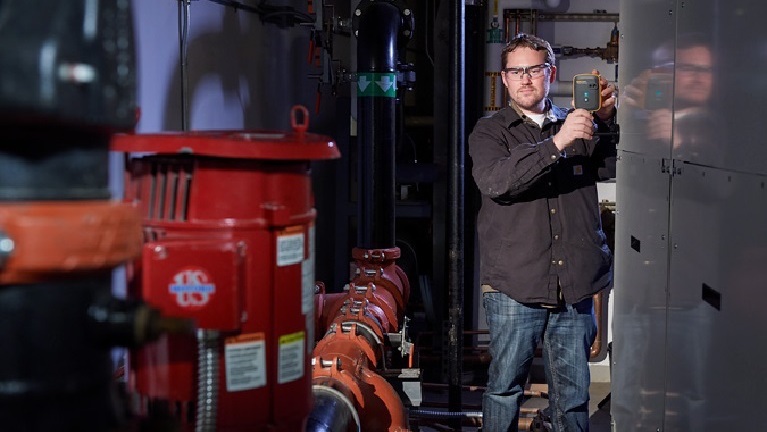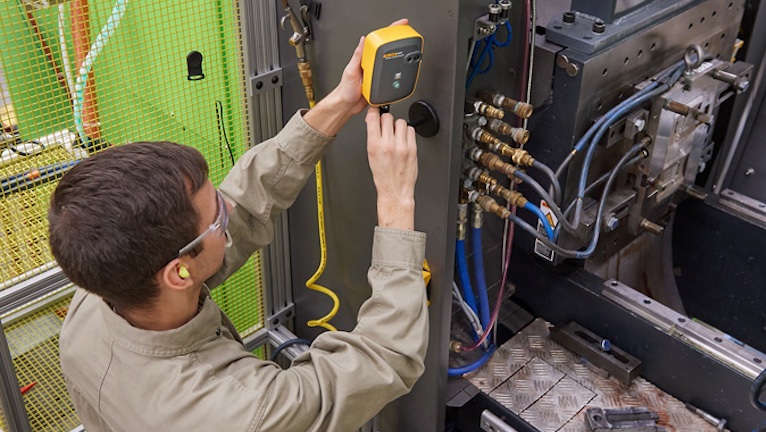Social distancing at work: what it means and ways to do it safely

Social distancing—the act of reducing face-to-face contact to slow the spread of contagious diseases—will reshape many workplaces for the foreseeable future. Social distancing means, among other things:
- Staying at least 6 feet away from other people
- Not gathering in groups or crowds
- Minimizing contact with people from other households
Some critical facilities never closed, and other facilities are gaining permission to reopen. So what does social distancing mean for workplace safety? With new standards possible in response to COVID-19, workplace safety will present new challenges—and be even more critical than ever.
Specific guidelines may vary based on location or facility type. Health and safety regulations and compliance have always been important in many industries, but particularly in food and beverage.
Food & beverage health and safety software, such as a computerized maintenance management system (CMMS), streamlines the process of documenting sanitation and other activities. This information is then easy to share with staff, management, health departments, and other regulatory bodies. Some employees may be wary of returning to work, so providing proof of strict adherence to sanitation standards and other new best practices may help allay some of their fears.
Within a CMMS, team members can readily access detailed documentation, manuals, inspection and audit data, and more. A CMMS also makes it possible to create work orders specifying which disinfectants and cleaners to use in particular areas—and how often. Having a clear record of what was cleaned, how, and when, may be beneficial in the wake of COVID-19 for a number of reasons. And the inventory management feature of a CMMS can ensure that your facility always has all of the necessary cleaning supplies on hand.
In the past, working in a food and beverage plant often meant both close and sustained contact with other workers. Now, facilities will need to take steps such as increasing space between workers, introducing partitions where possible, staggering start times and break times, and more. Contact can also be minimized by reducing the use of shared surfaces, including both the work floor and in break rooms. Adding new entrances, exits, and handwashing or hand sanitizer stations can also help employees abide by social distancing standards.
Finally, workplaces should create a point of contact for coordinating all COVID-19-related concerns. From contact tracing and risk assessment to rollout of new practices, a central point of contact can help your entire facility meet today’s unique challenges.






